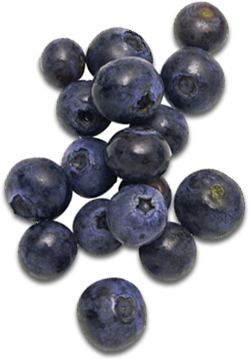no items to display
Five Healthy Foods You’re Eating Wrong (and How to Eat Them Right)
Sometimes little things make a big difference. Did you know, for example, that small variations in how you prepare a food can substantially alter its nutritional benefits? I’m not talking about something obvious like baking a potato instead of deep frying it. (I’m talking to you, French fries and potato chips!) Rather, I’m referring to small changes you can implement that can make healthy foods even better for you.
Yogurt: Don’t Throw the Water Away
Packed with protein, calcium, potassium, magnesium, B vitamins, and helpful bacteria called probiotics, yogurt — especially Greek yogurt — is an incredibly healthy food. You already know to avoid flavored yogurts with a lot of sugar, but when you open a container of plain yogurt, do you pour the watery liquid off the top? That liquid is whey, which forms when the yogurt settles. It’s mostly water, but it does have some calcium and protein in it, so to preserve those nutrients, just stir it back in before you serve the yogurt.
Broccoli (And Other Cruciferous Vegetables): Steam, Don’t Boil
Broccoli is a nutritional powerhouse, containing phytonutrients called glucosinolates, which help detoxify the body. Other vegetables in the same family — such as Brussels sprouts, cabbage, kale, and turnips — also provide these benefits. But if you boil your cruciferous vegetables, a lot of their vitamins, minerals, and antioxidants will go down the drain when you pour off the water. Steaming rather than boiling broccoli (and other vegetables) preserves them. I like to freeze the remaining water and use it for a nutritious homemade soup stock.
Garlic: Let It Rest
Garlic really is a superfood. Research shows that garlic consumption helps lower cholesterol, reduces blood pressure, and may even slow the process of atherosclerosis, or hardening of the arteries. As if that weren’t enough, garlic is also linked with lower risk of developing cancer. When you crush garlic, you activate allicin — a compound that’s thought to be responsible for garlic’s immune and cardiovascular benefits. The trick is you need to let the garlic sit for ten minutes before you cook with it.
Whole Grains and Beans: Soak Them First
Whole grains and beans provide fiber, which is necessary for normal digestion and has cardiovascular benefits too. There’s just one problem: grains and beans also contain phytates — naturally occurring chemicals that can bind to minerals like iron and make them harder for your body to absorb. The good news is that soaking grains and beans before you eat them releases the phytates, so they won’t interfere with your nutrient absorption. Rinsing also washes salt from pre-cooked canned beans, which is useful if you have high blood pressure.
Flaxseed: Grind It Up
If you’re like a lot of other folks, you may sprinkle flaxseeds on your cereal, yogurt, smoothies, and salads. After all, they contain healthy omega-3 fatty acids and fiber that benefit your heart and improve your cholesterol levels. But if you’re eating flaxseeds whole, they may be passing right through you, because that tough outer shell is hard to break down. The simple solution? Grind flaxseeds in a coffee grinder before adding them to your food. Your body will be better able to absorb the nutrients, so you’ll actually get the benefits you intended.
Got any other tricks to share that increase the nutritional value of foods? Share with us in the comments below!
http://www.kaylaitsines.com/blogs/education/healthy-foods-you-re-eating-wrong






